محصولات ویژه
© کپی رایت 2025 | کلیه حقوق مادی و معنوی متعلق به بتنو می باشد
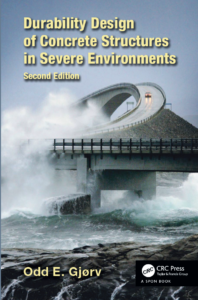
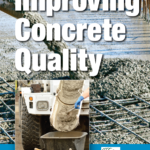 Improving Concrete Quality_بهبود کیفیت بتن
Improving Concrete Quality_بهبود کیفیت بتن
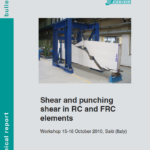 Shear and punching shear in RC and FRC elements_برش و پانچ در عناصر RC و FRC
Shear and punching shear in RC and FRC elements_برش و پانچ در عناصر RC و FRC
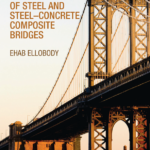 FINITE ELEMENT ANALYSIS AND DESIGN OF STEEL AND STEEL–CONCRETE COMPOSITE BRIDGE_المان محدود تجزیه و تحلیل و طراحی از فولاد
FINITE ELEMENT ANALYSIS AND DESIGN OF STEEL AND STEEL–CONCRETE COMPOSITE BRIDGE_المان محدود تجزیه و تحلیل و طراحی از فولاد
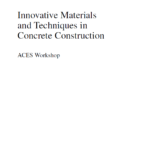 Innovative Materials and Techniques in Concrete Construction مواد و تکنیک های نوآورانه در ساخت و ساز بتنی
Innovative Materials and Techniques in Concrete Construction مواد و تکنیک های نوآورانه در ساخت و ساز بتنی
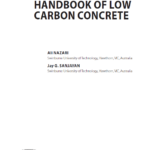 HANDBOOK OF LOW CARBON CONCRETE_ راهنمای بتن کم کربن
HANDBOOK OF LOW CARBON CONCRETE_ راهنمای بتن کم کربن
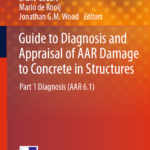 Guide to Diagnosis and Appraisal of AAR Damage to Concrete in Structures_راهنمای تشخیص وارزیابی AAR آسیب به بتن در سازه ها
Guide to Diagnosis and Appraisal of AAR Damage to Concrete in Structures_راهنمای تشخیص وارزیابی AAR آسیب به بتن در سازه ها
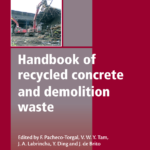 Handbook of recycled concrete and demolition waste_ کتاب راهنمای بتن بازیافتی و ضایعات تخریب
Handbook of recycled concrete and demolition waste_ کتاب راهنمای بتن بازیافتی و ضایعات تخریب
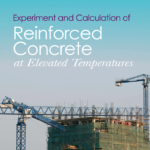 Experiment and Calculation of Reinforced Concrete at Elevated Temperatures_آزمایش و محاسبه تقویت شده بتن در دماهای مرتفع
Experiment and Calculation of Reinforced Concrete at Elevated Temperatures_آزمایش و محاسبه تقویت شده بتن در دماهای مرتفع
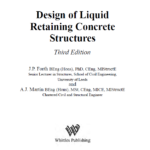 Design of Liquid Retaining Concrete Structures_طراحی بتن نگهدارنده مایع سازه ها
Design of Liquid Retaining Concrete Structures_طراحی بتن نگهدارنده مایع سازه ها
 Cathodic Protection for Reinforced Concrete Structures
Cathodic Protection for Reinforced Concrete Structures
 Seismic Design of Concrete Buildings to Eurocode 8_طراحی لرزه ای ازساختمان های بتنی یورو 8
Seismic Design of Concrete Buildings to Eurocode 8_طراحی لرزه ای ازساختمان های بتنی یورو 8
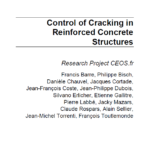 Control of Cracking in Reinforced Concrete Structures _ کنترل ترک خوردگی در سازه های بتنی مسلح
Control of Cracking in Reinforced Concrete Structures _ کنترل ترک خوردگی در سازه های بتنی مسلح